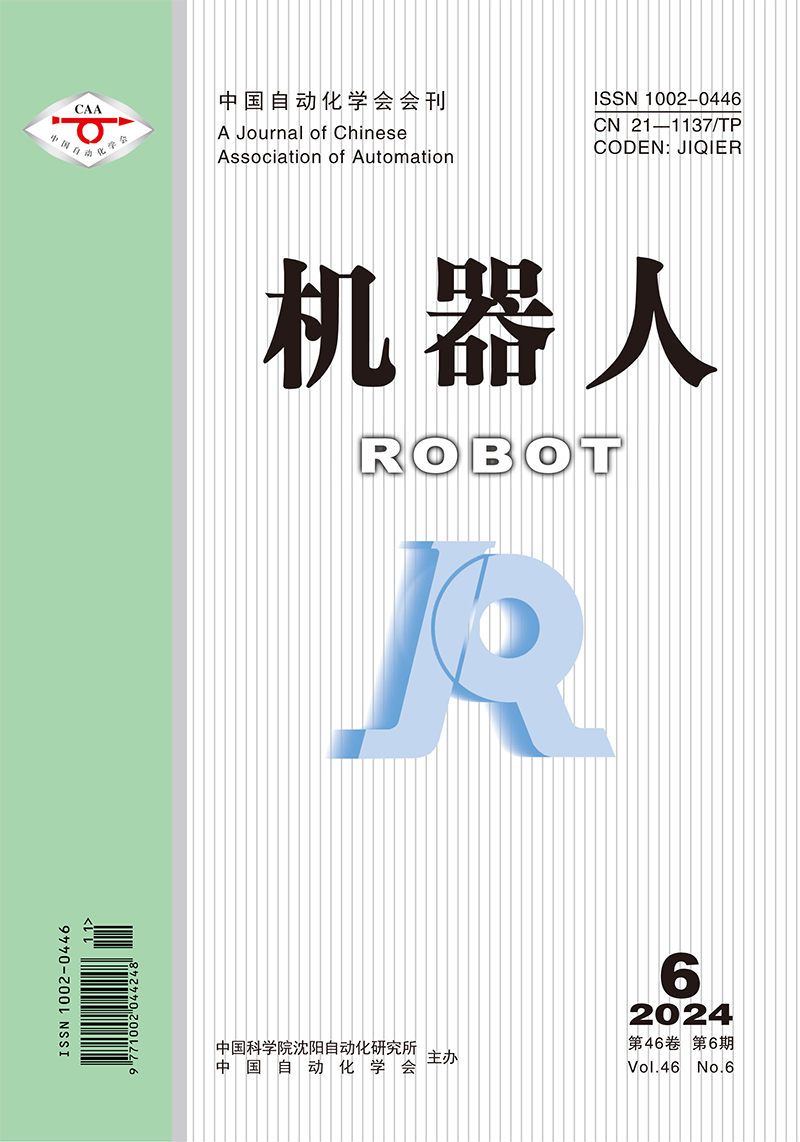Multi-robot Implicit Control of Massive Herds
Q2 Mathematics
引用次数: 0
Abstract
This paper solves the problem of herding countless evaders by means of a few robots. The objective is to steer all the evaders towards a desired tracking reference while avoiding escapes. The problem is very challenging due to the highly complex repulsive evaders' dynamics and the underdetermined states to control. We propose a solution that is based on Implicit Control and a novel dynamic assignment strategy to select the evaders to be directly controlled. The former is a general technique that explicitly computes control inputs even in highly complex input-nonaffine dynamics. The latter is built upon a convex-hull dynamic clustering inspired by the Voronoi tessellation problem. The combination of both allows to choose the best evaders to directly control, while the others are indirectly controlled by exploiting the repulsive interactions among them. Simulations show that massive herds can be herd throughout complex patterns by means of a few herders.大型畜群的多机器人隐式控制
本文通过几个机器人解决了驱赶无数躲避者的问题。目标是引导所有躲避者朝着所需的跟踪基准前进,同时避免逃跑。由于具有高度复杂的排斥逃避动力学和需要控制的欠定状态,该问题非常具有挑战性。我们提出了一种基于隐式控制的解决方案和一种新的动态分配策略来选择要直接控制的逃避者。前者是一种通用技术,即使在高度复杂的输入非仿射动力学中也能显式计算控制输入。后者建立在受Voronoi镶嵌问题启发的凸包动态聚类之上。两者的结合允许选择最好的躲避者来直接控制,而其他躲避者则通过利用它们之间的排斥相互作用来间接控制。模拟表明,通过几个牧民,可以在复杂的模式下放牧大量的牛群。
本文章由计算机程序翻译,如有差异,请以英文原文为准。
求助全文
约1分钟内获得全文
求助全文
来源期刊

机器人
Mathematics-Applied Mathematics
CiteScore
3.60
自引率
0.00%
发文量
4266
期刊介绍:
"Robot" is a core scientific journal supervised by the Chinese Academy of Sciences and co-sponsored by the Shenyang Institute of Automation of the Chinese Academy of Sciences and the Chinese Automation Society. It mainly reports on China's innovative, high-level and significant academic progress and research results in robotics and related fields.
"Robot" mainly reports on China's academic progress and research results in robotics and related fields, application examples of robots in the first, second and third industries, and publishes papers on robot control, mechanism, sensor technology, machine intelligence and pattern recognition, machine vision, etc. This journal gives priority to reporting scientific research results that have won national, provincial and ministerial awards and achieved significant social benefits in the above-mentioned fields; applied basic research results and technical realization results that have reached international or domestic advanced levels; results of major national and provincial and ministerial scientific and technological projects and key projects; scientific and technological achievements with application prospects funded by the National Natural Science Foundation; outstanding papers by young authors, etc.
The main columns of this journal include: review and introduction, papers and reports, research communications, practical problem discussions, short articles, etc.
 求助内容:
求助内容: 应助结果提醒方式:
应助结果提醒方式:


